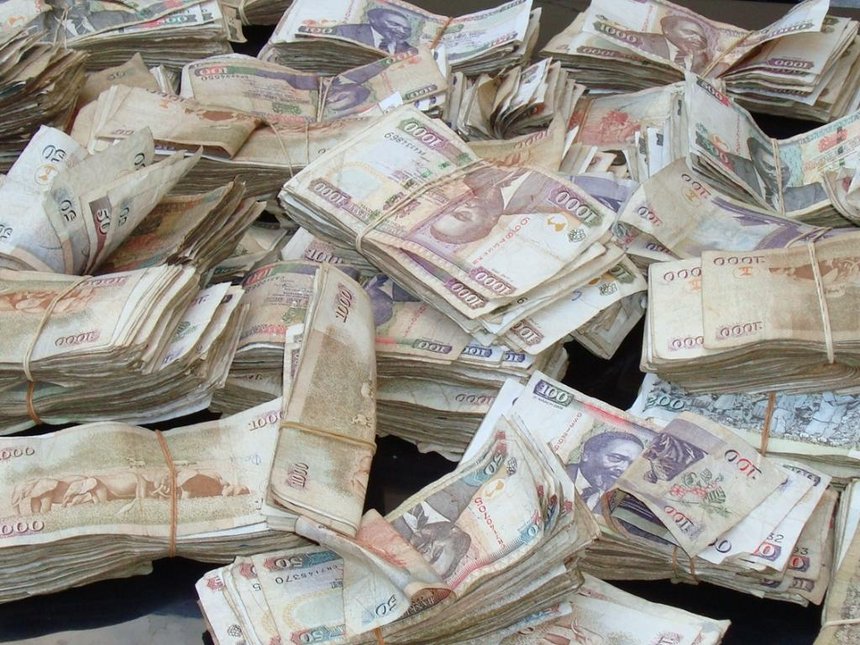Politics
2017 was definitely a charged year. My ancient grandparents learnt how to debate politics. Families chose sides in the political battle between the two-headed dragon and the four-headed horse that ‘marginalised people’ finally thought that they had found for a guaranteed defeat of ‘modern day imperialism’. The status quo prevailed like my cravings for chocolate cake after WORKING OUT (its not WORKING OUT). Investors navigated extremely choppy seas, including the first presidential election nullification ever in Africa.
The adamant Opposition, with no intention of conceding defeat, intend to continue with mass protests, boycotting goods and services from an expanding list of companies and forming a parallel government. The parallel government will include swearing in the People’s President and his Deputy as well as announcement of a parallel cabinet. Investors seem to be discounting the exercise as comedy because the actual swearing in ceremony never seems to materialize, much to the chagrin and perhaps waning interest of the Coalition’s DIEhard (if the term is to be taken literally then the effects of violent demonstrations are evident) supporters. A statement from the Organising Committee of the People’s Assembly, “…the swearing-in…will be the biggest public event that Kenya has seen since independence,” can be scoffed at or taken as a chilling warning. What it isn’t is a glimmer of hope for the NASA fans because the actual intention seems to be a push for dialogue; the absurdity and treasonous peril of some of the notions being contemplated make the potential exercises improbable.
If the country gains revolutionary momentum, then it is hard to stamp it out; while talks of secession, on the other hand, are common throughout the world and will only yield results if significant milestones are reached.
Economics
Kenya’s economic growth is estimated to have decelerated to 4.4 per cent in the 3rd quarter of 2017 compared to 5.6 per cent in a similar period of 2016. The period under review registered the slowest growth since the fourth quarter of 2013 mainly due to suppressed performance in key sectors of the economy. Financial and insurance activities recorded the largest deceleration from 7.1 per cent in third quarter 2016 to 2.4 per cent in the period under review.
Inflation averaged at 7.5 per cent during the third quarter of 2017 compared to an average of 6.3 per cent during a similar quarter in 2016. The rise in inflation was mainly on account of a surge in prices of food and non-alcoholic beverages that started in the second quarter of 2017 and continued into the period under review.
The current account deficit worsened by 28.9 per cent to KSh 145.4 billion in the quarter under review from KSh 112.8 billion in third quarter of 2016. The worsening of the current account was mainly due to a faster growth in imports compared to that of exports that resulted to a deterioration in merchandise trade deficit. A country is said to have a trade surplus if its exports exceed its imports and a trade deficit if its imports exceed its exports.
Net financial inflows more than halved from a surplus of KSh 67.6 billion in the third quarter of 2016 to a surplus of KSh 27.7 billion in the third quarter of 2017. Gross official reserves decreased by 1.8 per cent from KSh 830.6 billion as at end of September 2016 to KSh 815.5 billion as at end of September 2017 translating to about 5.4 months of import cover.
Stock of public and publicly guaranteed external debt increased from KSh 1,854.7 billion as at end of September 2016 to KSh 2,310.2 billion as at end of September 2017.
The Markit Stanbic Bank Kenya PMI rose to 53 in December 2017 from 42.8 in the previous month. The reading pointed to the first period of expansion since April, due to reduced political tensions and improved customer demand. Growth was underpinned by a rebound in output, new orders, stocks of purchases and employment. On the price front, input cost inflation hit a 26-month high and output charge inflation was the fastest in a year. Looking ahead, growth is expected to recover over the coming year supported by the agriculture and tourism sector, while a resumption in public spending will also add some much-needed stimulus. Manufacturing Pmi in Kenya is reported by Markit Economics.
Consumer prices in Kenya increased 4.5 percent year-on-year in December of 2017, easing from a 4.7 percent rise in the previous month. It was the lowest inflation rate since May 2013, as prices grew slower for food and housing and utilities. Inflation Rate in Kenya averaged 10.09 percent from 2005 until 2017, reaching an all time high of 31.50 percent in May of 2008 and a record low of 3.18 percent in October of 2010. Going forward, inflation is expected to rise as the maize subsidy wears out, oil prices rise and the dollar strengthens against the Kenya shilling.
Consumer Price Index CPI in Kenya increased to 183.05 Index Points in December from 182.08 Index Points in November of 2017. Consumer Price Index CPI in Kenya averaged 140.50 Index Points from 2009 until 2017, reaching an all time high of 187.64 Index Points in May of 2017 and a record low of 99 Index Points in January of 2009. 2017 diarised a 12 month average of 183.23.



